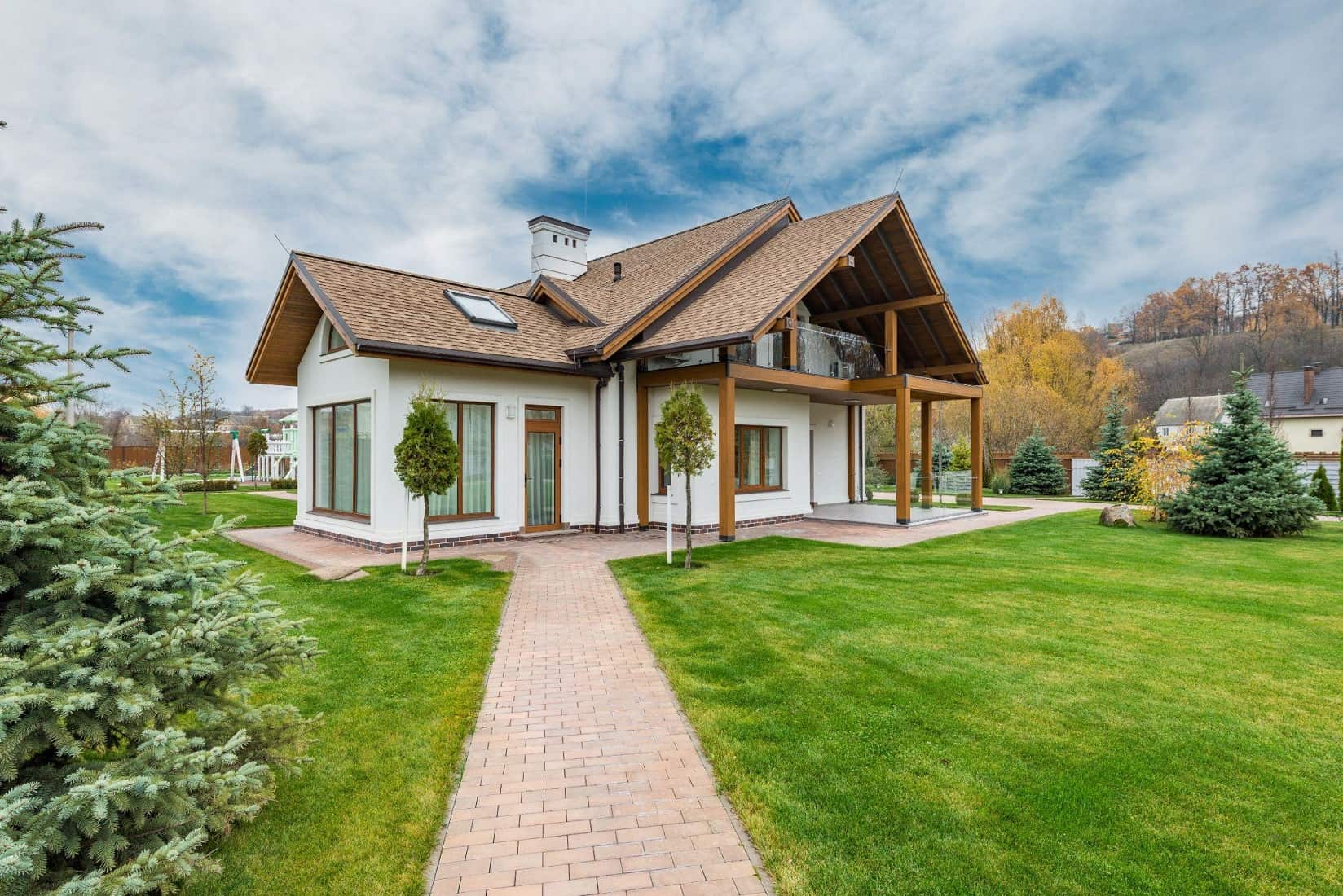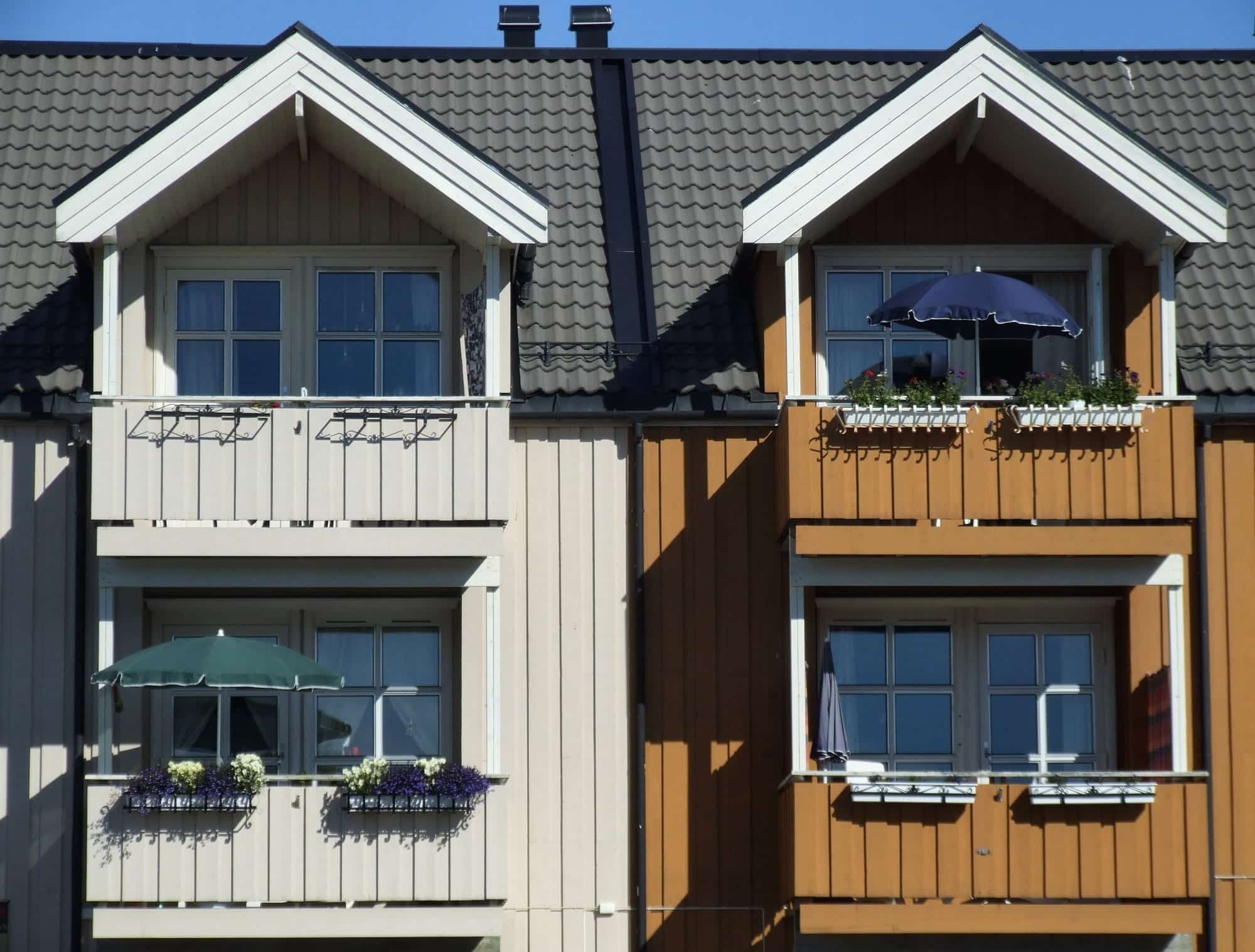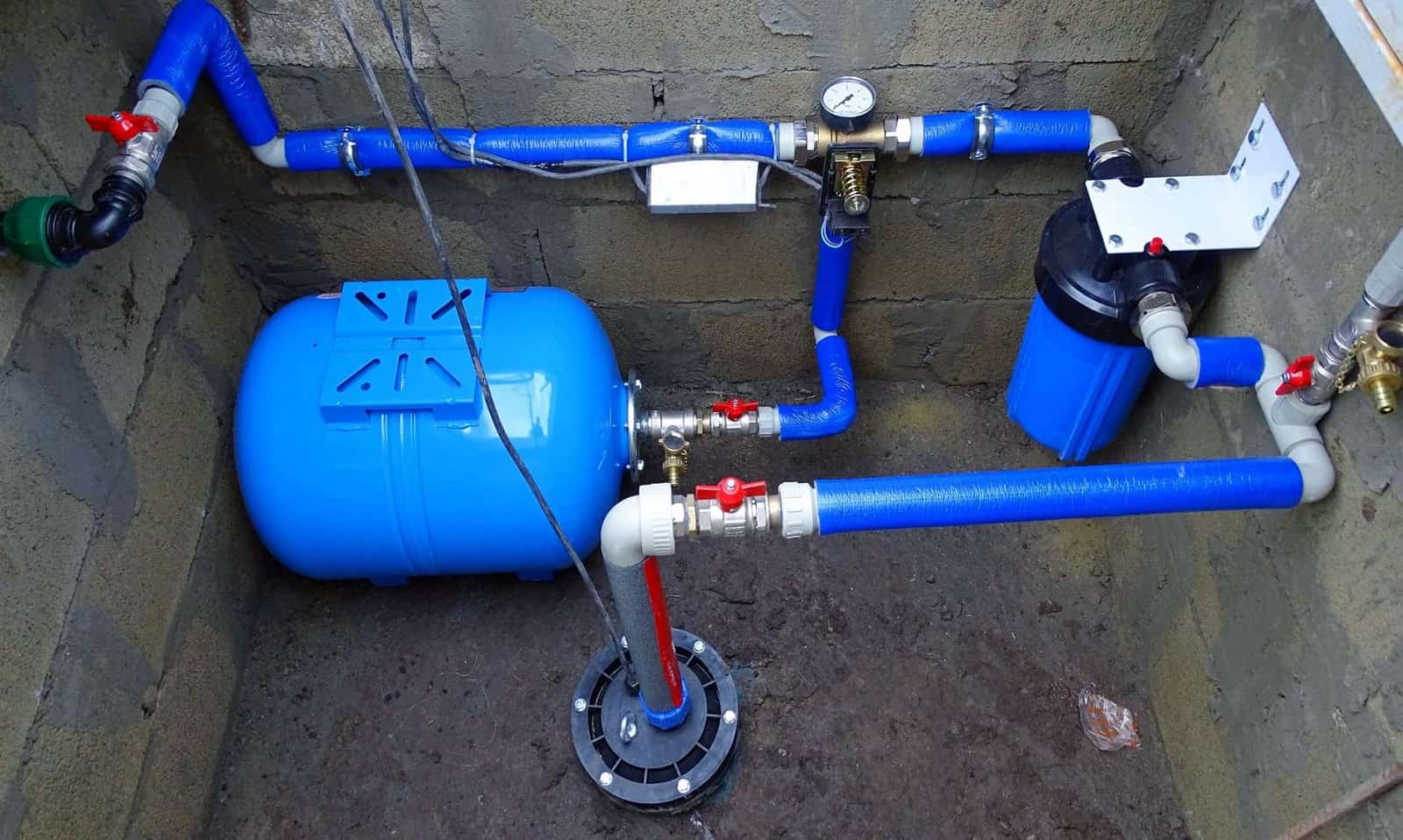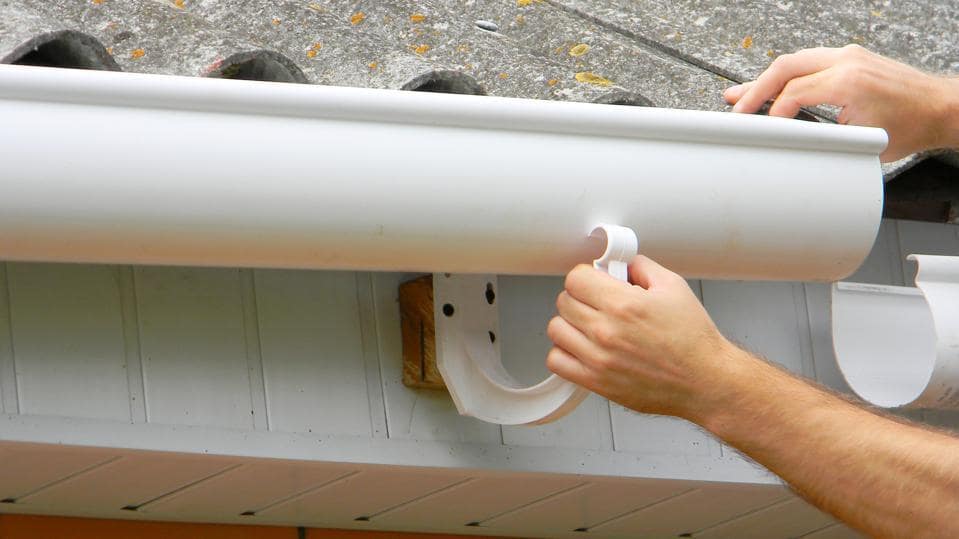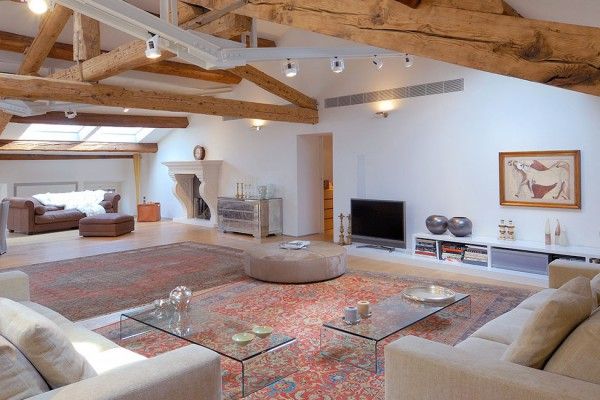The popularity of prefab homes is increasing every year. Find out nine things that everyone should know about prefab houses here.
Home prices in the United States have skyrocketed since the 1960s and are now hovering at over $220,000. If that high number seems like more than you could ever afford, don’t lose hope.
Unconventional housing trends are starting to pick up steam across the United States which is getting more people out of the rental market and into homes despite having low to medium-sized incomes.
One of the biggest trends in that regard is the rapid adoption of prefab houses.
For the uninitiated, a prefab house is a home that’s either partially or completely built in a warehouse and is shipped to a land site. If you’re considering investing your savings in a prefab home, understand these nine prefab factors before taking the leap.
There Are Different Types of Prefab Homes
If you’re having a conversation with somebody about a prefab home, it could be that you’re talking about two different things. That’s because prefab homes come in several different styles that can vastly alter the experience buyers have.
The three common types of prefab houses are:
Modular Homes
Modular homes are the most turn-key style of prefab houses. When you buy modular, you’re purchasing a house that’s mostly built and is shipped whole to a plot of land of your selection.
When the house arrives, all that’s left to do is final touches and minor utilities work.
Pre-Cut Homes
Pre-cut homes are the most stripped-down version of a prefab house. For this home type, factories put together “housing kits” that home buyers use instructions to build on their own.
This type of project is not for those that find themselves getting frustrated when building desks or dining room tables. If you don’t mind carefully following instructions though and have time on your hands, you’ll save a ton of money by opting for a pre-cut unit.
Panelized Homes
Panelized homes are sort of a hybrid between pre-cut and modular homes. This type of prehab unit is shipped in chunks which means less assembly work on your part. Still, you’ll have to put time into these houses to get them to a viable place.
You May Run Into Zoning Restrictions
The vast majority of land in the United States carries zoning restrictions. These restrictions stipulate what can and can’t go on your plot.
Prefab homes could be considered “temporary structures” which may violate your land’s ban on such dwellings. Alternately, your land may only allow temporary structures.
If you live in a larger city like Los Angeles, you can read more here about how pre-fab homes fit into places like that. Other niche cities should have information on viability available online as well.
All Fees May Not Be Included
The price that you see on a prefab house usually includes the cost of the home plus shipping. Any work that needs to be done on-site though will be left up to you.
If you don’t plan for that reality, you may end up spending thousands of dollars hiring labor that you weren’t planning on in order to get your house finished.
Prefab Houses Are Built to Code
For whatever reason, there’s an association that people make between prefab homes and bad quality. We want to be clear that prefab homes that are purchased from quality builders are built to reflect the exact same safety standards as any other home.
The big caveat to that statement is ensuring that you purchase houses from builders with positive reputations and that you carefully follow assembly instructions when you’re doing finishing work on your own.
Selling Can Be Difficult
An unexpected cost that prefab homeowners realize the hard way is that demand for prefab homes is relatively low which can cause issues when it comes time to sell.
Just because demand is low doesn’t mean that it’s non-existent. After all, you’re interested in a prefab home.
In order to take advantage of the demand that does exist on the prefab market, our recommendation is to work with a real estate agent that’s familiar with the process of selling this unconventional home type.
Prefab Homes Are Big Among Tiny House Enthusiasts
If you’ve always imagined living in a tiny house on a big piece of land, the prefab home market may be perfect for you.
Huge swaths of prefab home builders specialize in selling tiny houses since they’re a lot cheaper to ship across the country than larger domiciles.
Some Prefab Homes Require You to Source Utilities
Read your prefab home’s description carefully to see what it includes in the way of utilities (electric and plumbing).
Some prefab homes come with utilities pre-installed. Some include utilities but require that you install them. Others don’t include utilities at all.
If you’re not experienced in plumbing or electrical work, we recommend opting for a home that minimizes that amount of work to do on those fronts.
Your Home’s Carbon Footprint Will Be Smaller
Do you care about the environment? If you do, you’ll be glad to know that prefab homes leave a much lower carbon footprint on the world when they’re built given the fact that they’re constructed in a factory.
While this prefab fact doesn’t mean much to the overall quality of your house, it is something that can make you feel more assured in your purchase.
Financing Is Available
Banks are progressively issuing lending for prefab homes and the land that they sit on. While it may take a couple of tries to find a lender that understands this new market, we’re confident that with patience, you’ll find a lender to help you out.
Prefab Houses Are an Outstanding Solution for Aspiring Homeowners That Are Short on Cash
Owning a house is a quintessential part of the American experience. The affordability of prefab houses makes accessing that dream accessible to the masses.
We hope that you feel more informed as to whether or not prefab houses are right for you. If you have more questions, browse related content on housing in our blog.


